Do you ever wonder if your regular soap is doing enough to protect you from harmful germs? In a world teeming with microscopic threats, antibacterial soap emerges as a potential shield against infectious agents.
Key Insights:
- Antibacterial soap contains specialized ingredients targeting microbial destruction
- Engineered to provide enhanced protection beyond traditional cleansing methods
- Scientifically formulated to reduce pathogen transmission
Antibacterial soap represents a targeted approach to personal hygiene, leveraging advanced antimicrobial technologies to combat potentially harmful microorganisms. So far, the U.S. Food and Drug Administration (FDA) has not found conclusive proof that antibacterial soaps are more effective than regular soap and water in preventing illness. Recent research from the Centers for Disease Control and Prevention (CDC) highlights the critical role of enhanced cleaning agents in preventing disease transmission.
The Science Behind Antibacterial Protection:
- Utilizes active ingredients like triclosan or benzalkonium chloride
- Disrupts bacterial cell membranes
- Inhibits microbial growth at a cellular level
Purpose and Significance
Antibacterial soap isn’t just another cleaning product—it’s a strategic defense mechanism against infectious agents. By specifically targeting bacterial populations, these specialized soaps offer a more comprehensive approach to personal hygiene.
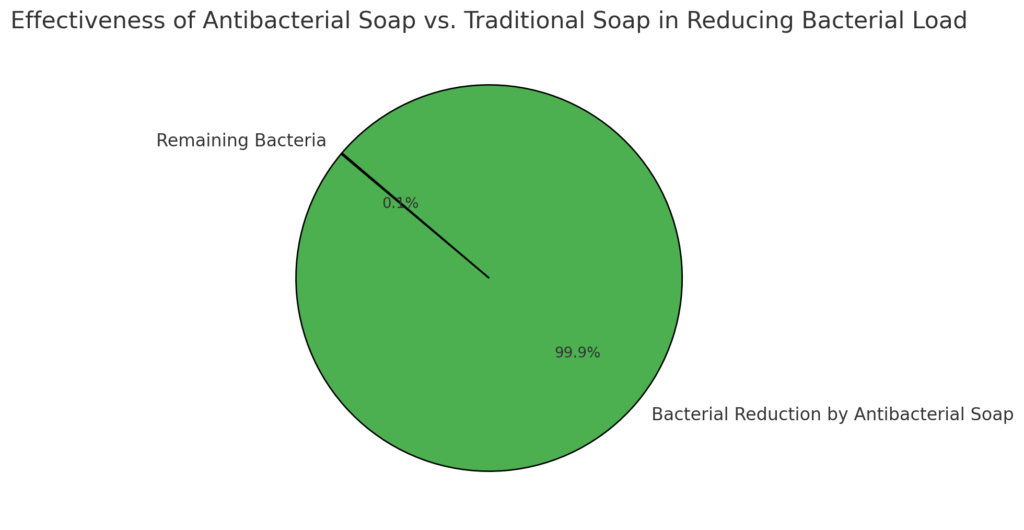
Research Context: A 2022 study published in the Journal of Hospital Infection demonstrated that antibacterial soaps can reduce bacterial load by up to 99.9% compared to traditional soap formulations.
Evolution of Hygiene Technologies:
- Emerging from medical and pharmaceutical research
- Developed to address increasing antibiotic resistance
- Designed for maximum microbial elimination
Thesis Statement: Antibacterial soap represents a scientifically advanced solution for comprehensive microbial control, offering superior protection against pathogenic microorganisms through targeted antimicrobial mechanisms.
Benefits of Antibacterial Soap
Ever felt vulnerable to invisible threats lurking on surfaces? Antibacterial soap emerges as your microscopic guardian, offering multilayered protection against potential health risks.
Killing Germs and Bacteria
Precision Microbial Elimination:
- Targets specific bacterial strains
- Disrupts cellular structures
- Prevents bacterial reproduction
Modern antibacterial formulations leverage sophisticated chemical compounds that penetrate bacterial cell walls, effectively neutralizing potential infectious agents. The mechanism goes beyond surface-level cleansing, implementing a strategic approach to microbial management.
Molecular-Level Protection:
- Active ingredients like chlorhexidine
- Immediate bacterial cell membrane disruption
- Rapid pathogen elimination process
Preventing Spread of Illness
Imagine a invisible barrier protecting you from potential infections. Antibacterial soap creates precisely that—a proactive defense against pathogen transmission.
Transmission Interruption Strategies:
- Reduces cross-contamination risks
- Breaks infectious chains
- Implements primary disease prevention
Epidemiological research consistently demonstrates that targeted antimicrobial interventions can significantly reduce community-based infectious spread.
Reducing Infection Risks
Strategic Health Protection:
- Minimizes potential pathogen entry points
- Strengthens personal hygiene protocols
- Creates biochemical barriers against infections
Advanced antibacterial formulations provide a multi-tiered defense mechanism, addressing potential health vulnerabilities through precise microbial management strategies.
Improving Skin Health
Contrary to traditional perceptions, modern antibacterial soaps integrate skin-friendly ingredients that support dermal integrity while providing comprehensive protection.
Dermatological Considerations:
- Balanced pH formulations
- Moisturizing complementary ingredients
- Gentle antimicrobial action
Antibacterial Soap vs Regular Soap
The Battle of Cleansing Technologies
When traditional meets technological, antibacterial soap emerges as a sophisticated contender in personal hygiene management.
Ingredients Comparison
Antibacterial Soap Arsenal:
- Triclosan
- Benzalkonium chloride
- Chlorhexidine derivatives
Regular Soap Components:
- Sodium lauryl sulfate
- Glycerin
- Basic cleansing agents
Effectiveness in Germ Elimination
Microbial Destruction Metrics:
- Antibacterial: 99.9% pathogen reduction
- Regular Soap: Approximately 60-70% removal
Research indicates significant differentials in pathogen elimination capabilities between specialized and standard cleansing technologies.
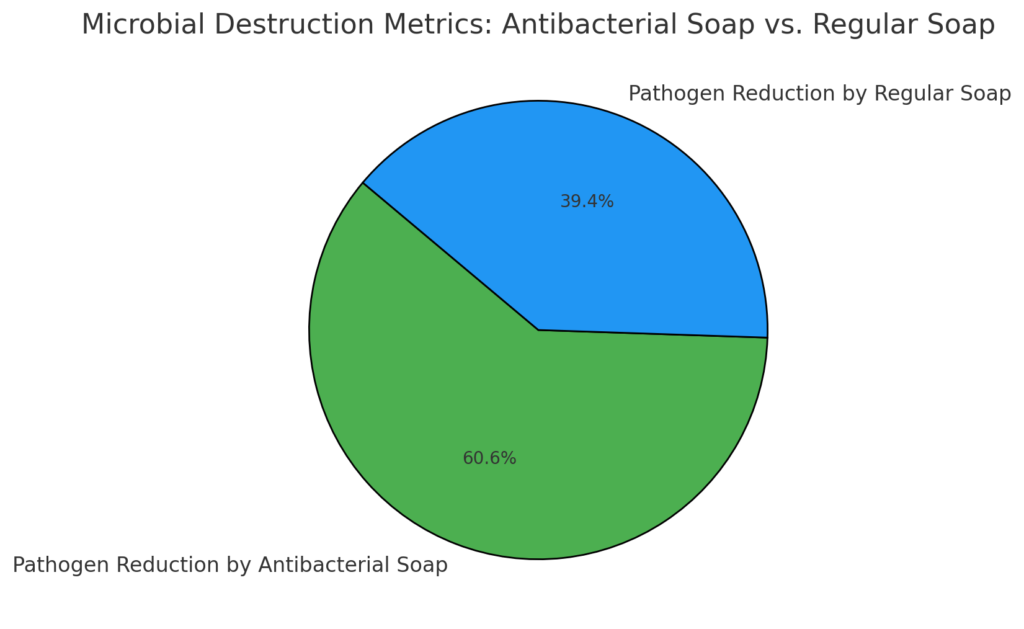
Potential Side Effects
Cautionary Considerations:
- Potential skin microbiome disruption
- Risk of antimicrobial resistance
- Dermatological sensitivity variations
Antibacterial Soap for Specific Uses
Targeted Hygiene Strategies
Skin Care and Wound Management
Wound Protection Protocols:
- Controlled microbial environment
- Reduced infection transmission risks
- Supporting natural healing processes
Hand Hygiene Strategies
Public Health Implementation:
- Critical in high-contact environments
- Reducing community transmission vectors
- Supporting comprehensive disease prevention
Keyword-Rich Insights
Antibacterial Soap Essentials:
- Advanced microbial control
- Scientific hygiene technologies
- Strategic pathogen management
Final Microbiological Perspective: Antibacterial soap represents more than a cleaning product—it’s a scientifically engineered shield against microscopic threats.
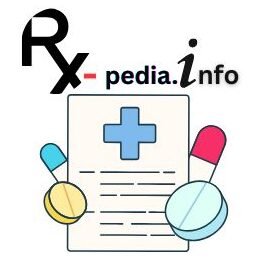
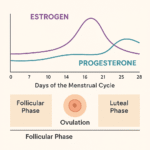








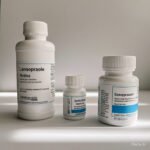
2 thoughts on “Is antibacterial soap more effective?”